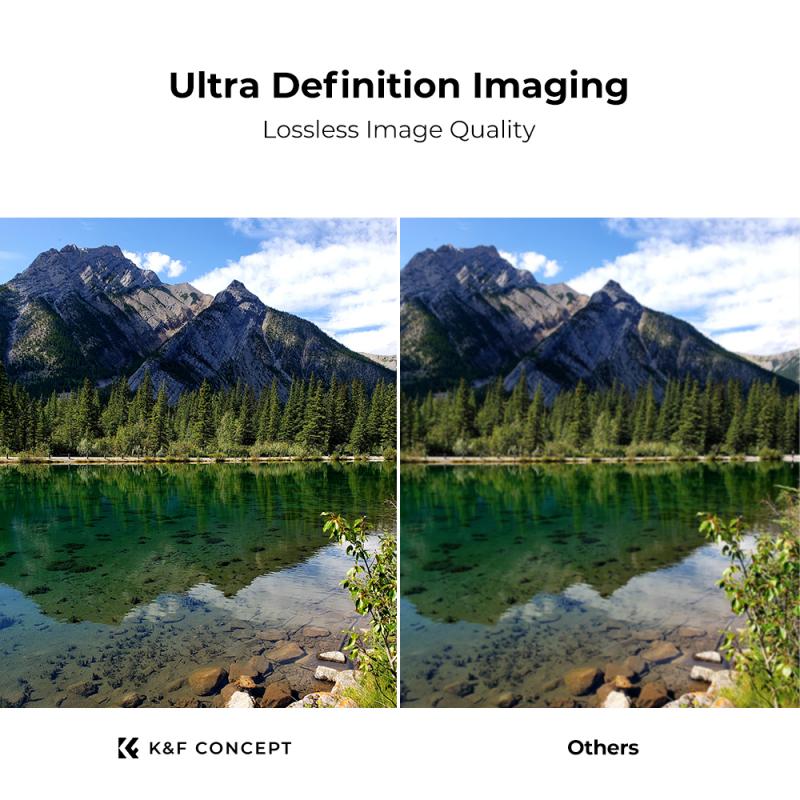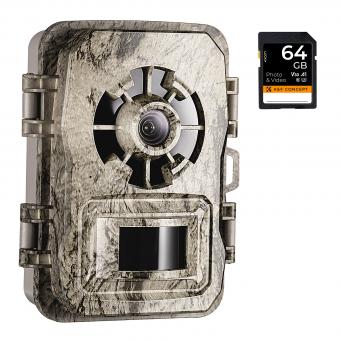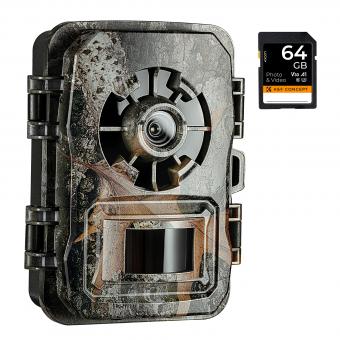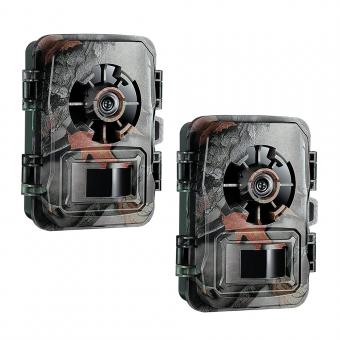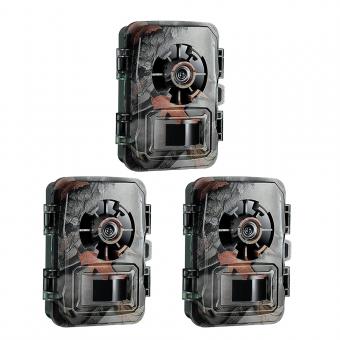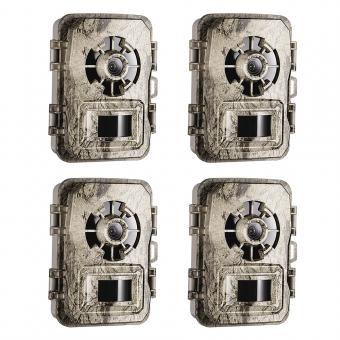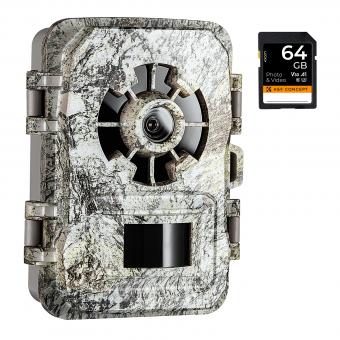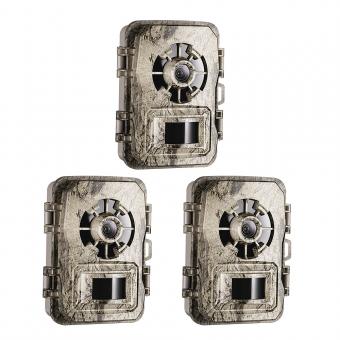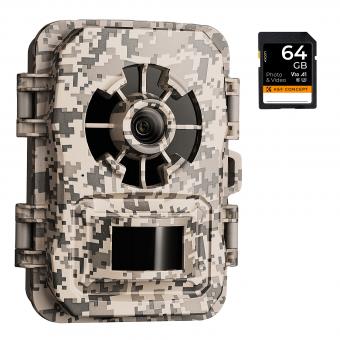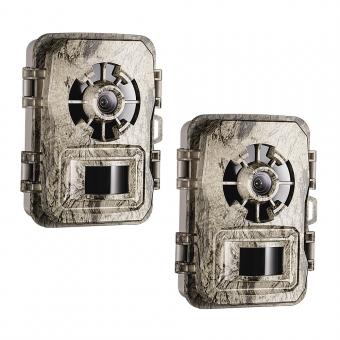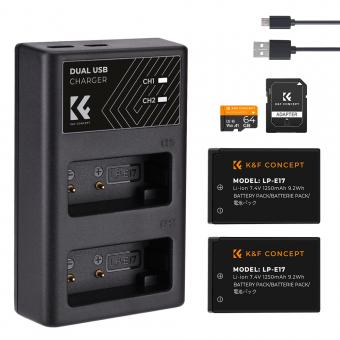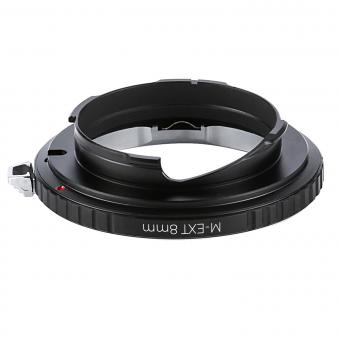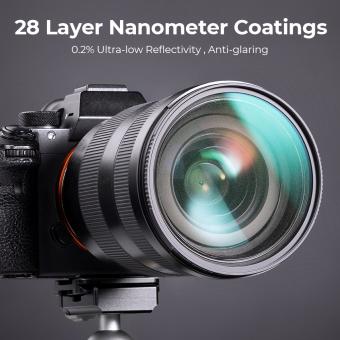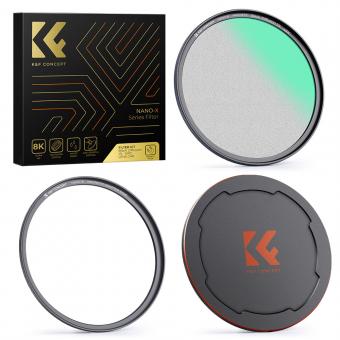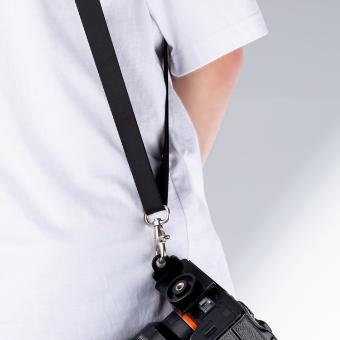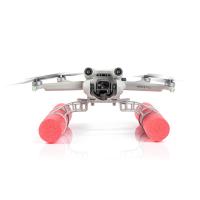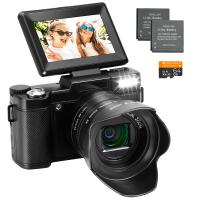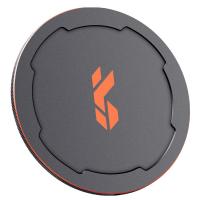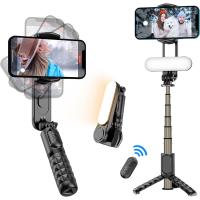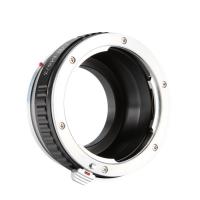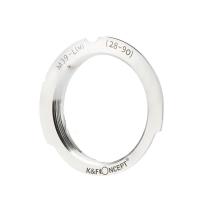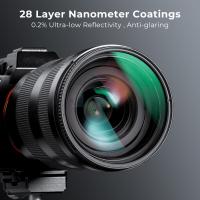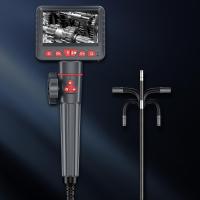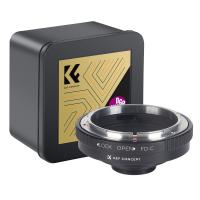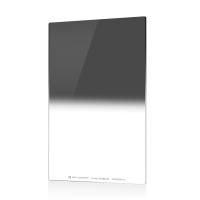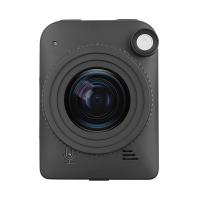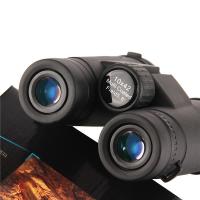Can Camera Drain Battery Life ?
Yes, using the camera on a device can drain its battery life.
1、 Camera usage and its impact on battery consumption
Camera usage can indeed have an impact on battery consumption. The camera app on smartphones, as well as standalone digital cameras, require power to function, and this power is drawn from the device's battery. Therefore, using the camera extensively can drain the battery life of the device.
When the camera app is opened, it activates various components such as the lens, image sensor, and image processing algorithms. These components require a significant amount of power to operate efficiently. Additionally, features like flash, autofocus, and image stabilization further contribute to battery drain. The more these features are used, the faster the battery will be depleted.
Furthermore, capturing and processing high-resolution images or recording videos can be particularly power-intensive. The camera app needs to process and save large amounts of data, which puts additional strain on the battery. This is especially true for devices with higher megapixel cameras or those capable of shooting 4K videos.
However, it is worth noting that advancements in camera technology and smartphone optimization have led to more efficient power management. Manufacturers are constantly working on improving battery life and optimizing camera apps to minimize power consumption. For example, some devices now offer low-power modes specifically designed for camera usage, which can help extend battery life.
In conclusion, camera usage can drain battery life due to the power requirements of various camera components and features. However, with advancements in technology, the impact on battery consumption has been reduced, and manufacturers continue to work on improving power management to ensure a better user experience.
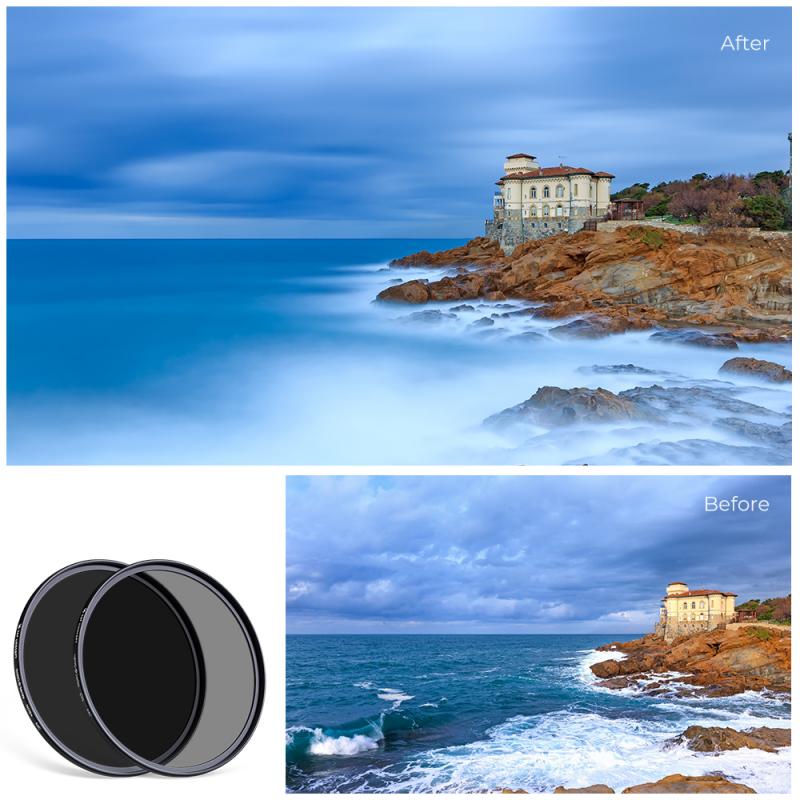
2、 Factors affecting battery drain when using a camera
Factors affecting battery drain when using a camera can vary depending on several factors. One of the main factors is the type of camera being used. DSLR cameras, for example, tend to consume more power compared to point-and-shoot cameras or smartphone cameras. This is because DSLRs have larger sensors, more advanced features, and often require more processing power.
Another factor that can affect battery drain is the usage of different camera functions. Features such as continuous shooting, image stabilization, and video recording can significantly drain the battery. Additionally, using the camera's LCD screen for framing and reviewing images can also consume a considerable amount of power.
The settings and configurations of the camera can also impact battery life. For instance, using a higher ISO setting or shooting in burst mode can drain the battery faster. Similarly, using the camera's built-in flash or Wi-Fi connectivity can also contribute to increased power consumption.
Environmental conditions can also play a role in battery drain. Extreme temperatures, whether hot or cold, can affect the performance and lifespan of the battery. Cold temperatures, in particular, can cause the battery to drain more quickly.
It is worth noting that advancements in camera technology have led to improvements in battery life. Manufacturers are constantly working on optimizing power consumption and developing more efficient batteries. However, it is still important for photographers to be mindful of these factors and take necessary precautions to ensure they have enough battery power for their photography needs.
In conclusion, yes, using a camera can drain battery life due to various factors such as the type of camera, usage of different functions, settings, and environmental conditions. It is essential for photographers to be aware of these factors and manage their battery usage accordingly.
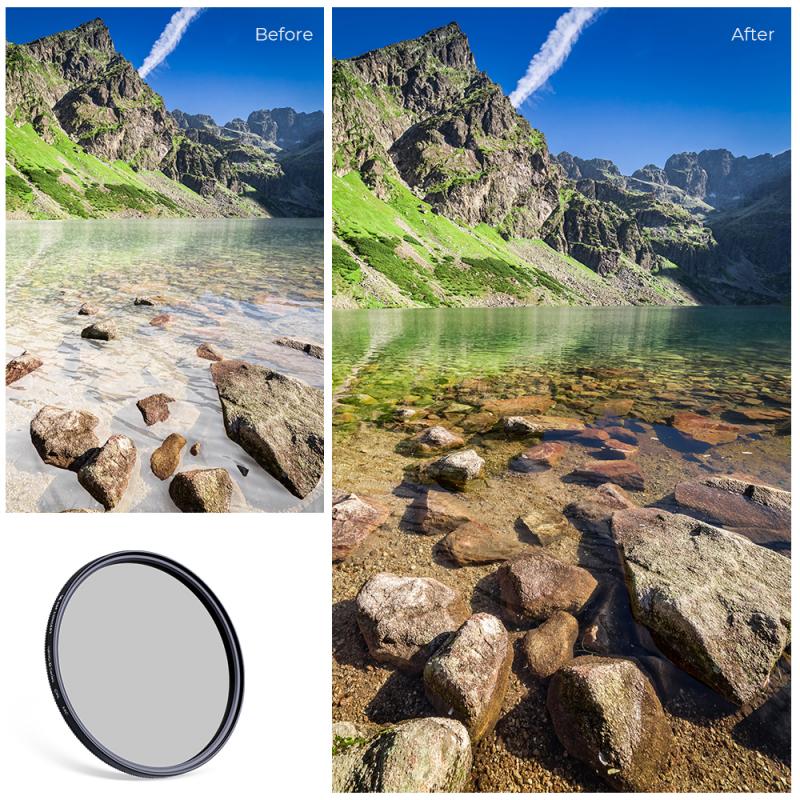
3、 Optimizing camera settings to minimize battery usage
Yes, using a camera can drain battery life. Cameras, especially digital ones, require a significant amount of power to operate. The various functions and features of a camera, such as autofocus, image stabilization, and continuous shooting, all contribute to the battery drain. Additionally, using the camera's LCD screen to preview and review photos can also consume a considerable amount of power.
However, there are ways to optimize camera settings to minimize battery usage. One effective method is to disable unnecessary features that are not being used. For example, turning off image stabilization when shooting on a tripod or disabling the flash when shooting in well-lit conditions can help conserve battery power. Lowering the screen brightness or using the viewfinder instead of the LCD screen can also help extend battery life.
Furthermore, using a camera's power-saving mode can be beneficial. This mode automatically puts the camera into a sleep or standby state after a certain period of inactivity, reducing power consumption. Some cameras also offer an option to automatically turn off the LCD screen after a set amount of time.
It is worth noting that advancements in camera technology have led to improvements in battery life. Manufacturers are constantly working on developing more efficient cameras and batteries to address this concern. Additionally, the use of rechargeable batteries or carrying spare batteries can help ensure uninterrupted shooting sessions.
In conclusion, while using a camera can drain battery life, optimizing camera settings and taking advantage of power-saving features can help minimize battery usage. It is important to strike a balance between capturing the desired shots and conserving battery power to ensure a satisfactory photography experience.
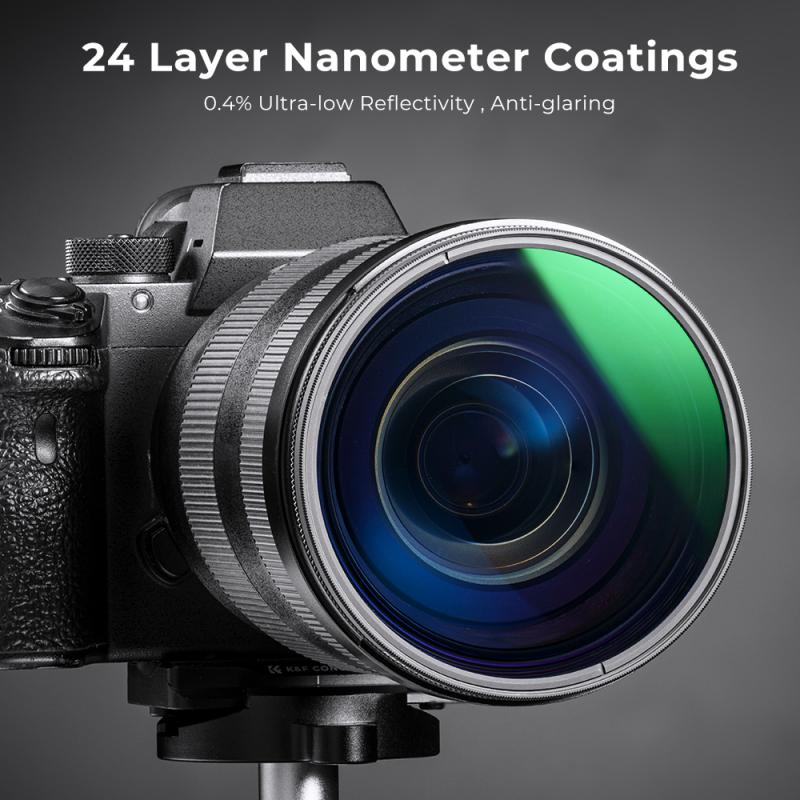
4、 Understanding the relationship between camera features and battery life
Understanding the relationship between camera features and battery life is crucial for photographers who rely on their cameras for extended periods of time. While cameras have evolved significantly over the years, offering a wide range of features and capabilities, it is important to note that these advancements can have an impact on battery life.
One of the main factors that can drain a camera's battery is the use of the LCD screen. The larger and brighter the screen, the more power it requires. Constantly reviewing and previewing images on the LCD screen can significantly reduce battery life. Similarly, using the camera's built-in flash extensively can also drain the battery quickly.
Another feature that can impact battery life is image stabilization. While this feature is incredibly useful in reducing camera shake and producing sharper images, it requires additional power to function. Therefore, using image stabilization for an extended period of time can decrease battery life.
Additionally, the use of Wi-Fi and GPS features can also drain the camera's battery. These features allow for wireless connectivity and geotagging, respectively, but they require a constant connection and can consume a significant amount of power.
It is worth noting that advancements in battery technology have been made to address these concerns. Manufacturers are continuously working on improving battery life and efficiency. However, it is still important for photographers to be mindful of their camera usage and make adjustments accordingly to conserve battery life.
In conclusion, while camera features have undoubtedly enhanced the photography experience, they can also drain battery life. Being aware of the impact that features such as the LCD screen, flash, image stabilization, Wi-Fi, and GPS can have on battery life is essential for photographers who rely on their cameras for extended periods of time.
